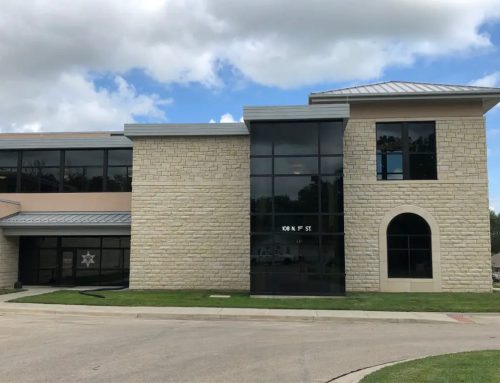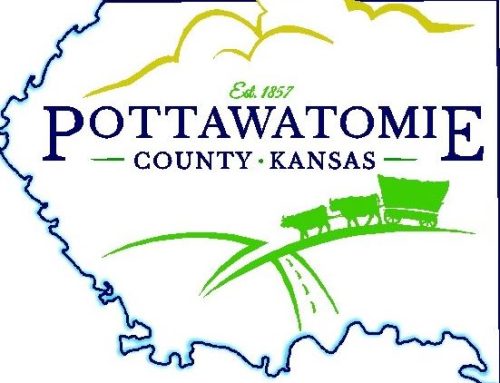
Preparations at the National Bio and Agro-Defense Facility (NBAF) continue to move forward with promising success after the facility entered the science preparatory phase approximately a month ago.
“Currently, we don’t have any pathogens or active research occurring, but scientists are able to go into their laboratory spaces and see what’s there,” said NBAF Deputy Director Dr. Ken Burton. “They can see where the equipment and items are currently located and anticipate and have discussions about where they feel they may need to be moved so their programs can be the most efficient.”
Burton shared this update on KMAN’s Thursday edition of In Focus.
NBAF Communications Director Katie Pawlosky, also on Thursday’s In Focus, said they are really starting to ramp up their community outreach and recently connected with local organizations for a crisis communications exercise.
“It was a tabletop exercise with some community and federal partners,” she said. “Overall, it was a fantastic experience and a chance to build relationships with our partners ahead of any situation. This is one of the many reasons why we really enjoy being part of this community.”
Dr. Steve Kappes, Associate Administrator of Agricultural Research Service Office of National Programs, joined Burton and Pawlosky and reflected on watching NBAF grow from the ground up after he joined the project in 2005.
Kappes was able to participate in the site selection process for NBAF’s future home.
“About that time when I started, that process was already on going and being led by the Department of Homeland Security,” he said. “I was able to participant and was actually involved in visiting six of the locations, including Manhattan, and evaluating which site would be the best.”
Kappes said Manhattan had many resources, including its proximity to K-State and its College of Veterinary Medicine as well as Fort Riley, that made it the most ideal location.
After it becomes fully operational, NBAF will have laboratories functioning at multiple biosafety levels. It will also house the first facility in the United States with biosafety-level-4 containment capable of housing large livestock.
The full transfer of the scientific mission from Plum Island Animal Disease Center in New York will likely finish within the next two years.








